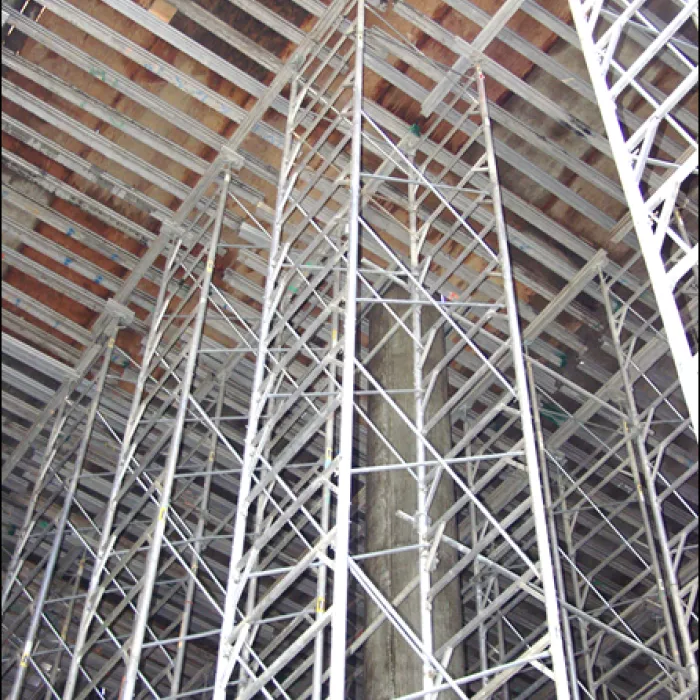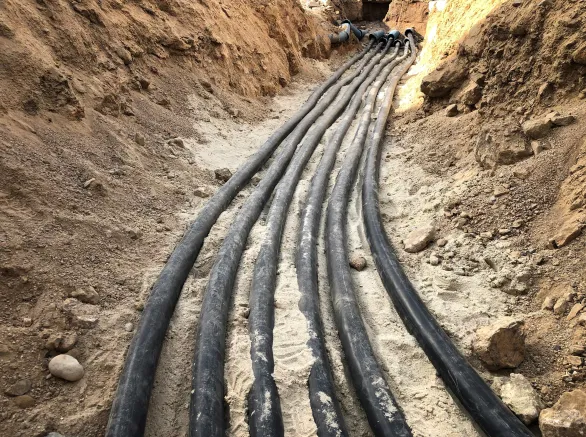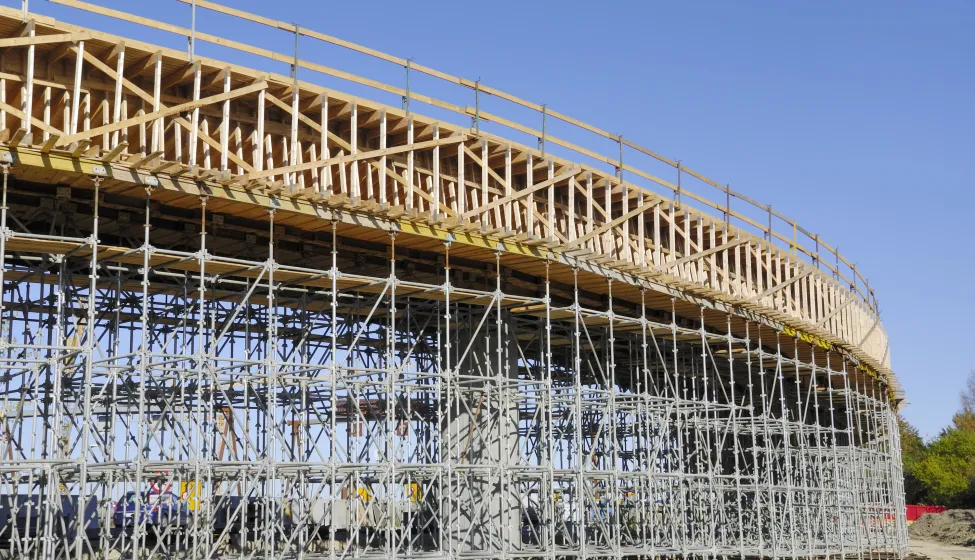May 9, 2025
Innovation in the structural engineering of temporary works — structures used to support buildings and other structures that are under construction — has led to wider use of modular truss towers with tubular metal shores and diagonal cross-bracing. These truss towers are pre-engineered, easily constructed, portable, and reusable, making them an attractive choice for contractors who need to support concrete being cast high off the ground. Ongoing research to characterize the stiffness and load-carrying capacity of these shoring systems have allowed the construction industry to better understand and manage associated risks with the goal of preventing failures during construction and enhancing overall project reliability.
In their article "Load and Capacity Considerations for Stringers in Shoring Towers," published in the journal Forensic Engineering, Exponent structural engineers Aaron Freidenberg, Vijay Saraf, Jeffrey Hunt, Brian McDonald, and John D. Osteraas evaluate the important factors affecting the safety of these systems, and in particular the potential for overload, using case studies of collapses that occurred during concrete casting on two very different project types — a large digester tank and a tall highway viaduct.
Leveraging full-scale field testing, laboratory testing, and finite element modeling — a structural analysis method that uses basic physics to simulate deformations and forces throughout a structure — the authors found that the stiffness and load capacity of modular truss towers can fall below the expected strength if the load is not properly centered on the stringers and shores. This contributed to large-scale collapse in both of these instances. The authors emphasize that uniform contact of the stringers is vital for these shoring systems, and precautions must be taken to prevent similar structural failures and protect construction workers on or below these structures.

"Load and Capacity Considerations for Stringers in Shoring Towers"
Read the full article with log in here
From the publication: "Structural engineers and contractors involved in temporary works operations should ensure that the loads are applied concentric with the stringers and shores. Where that is not feasible, it is particularly important to ensure that stringer and shore buckling and excessive lateral bending/twisting is prevented."
Insights






